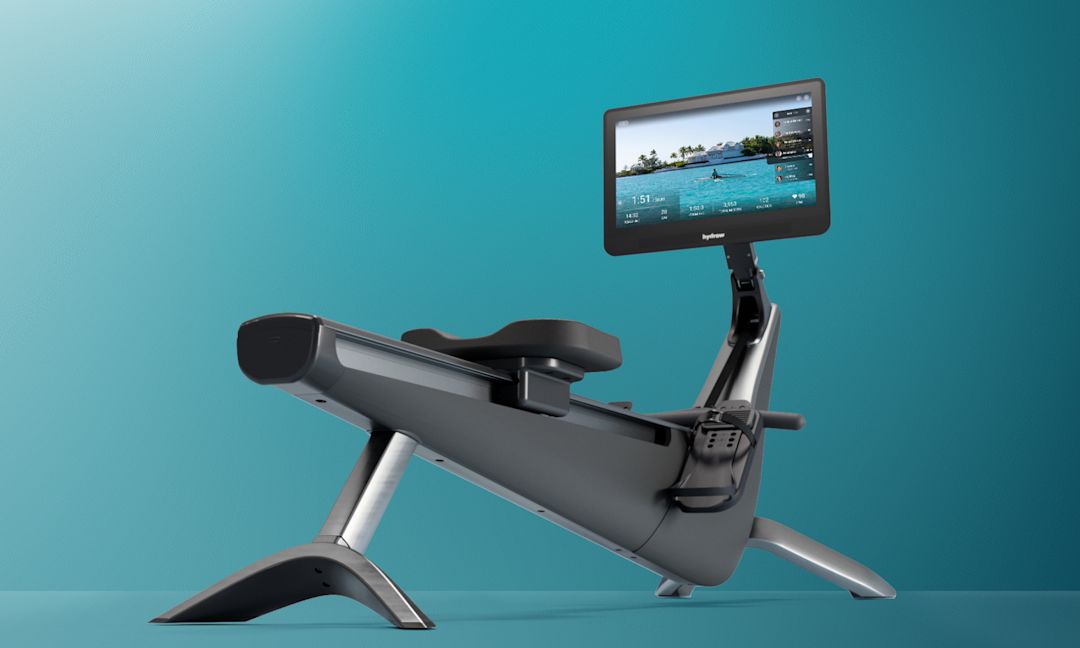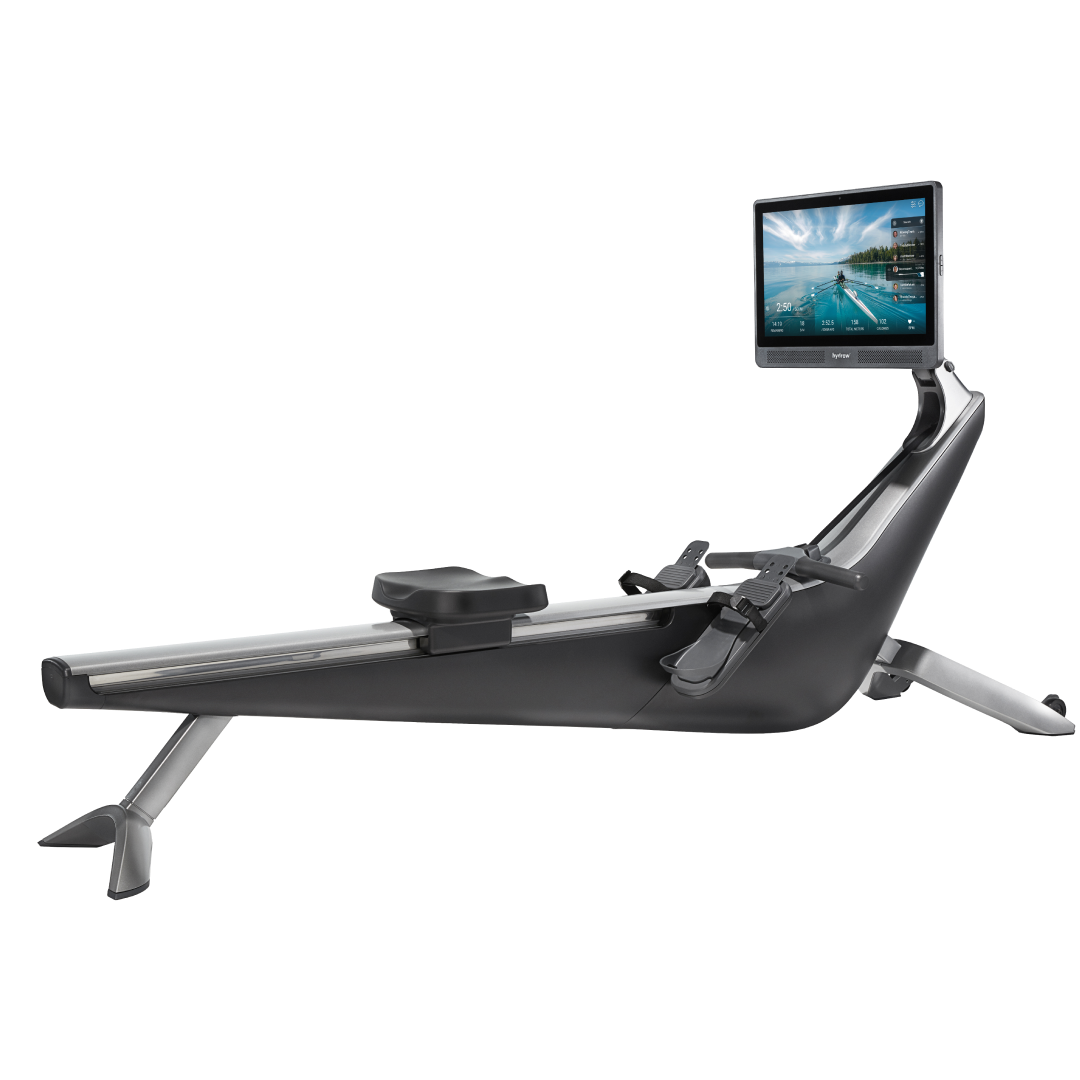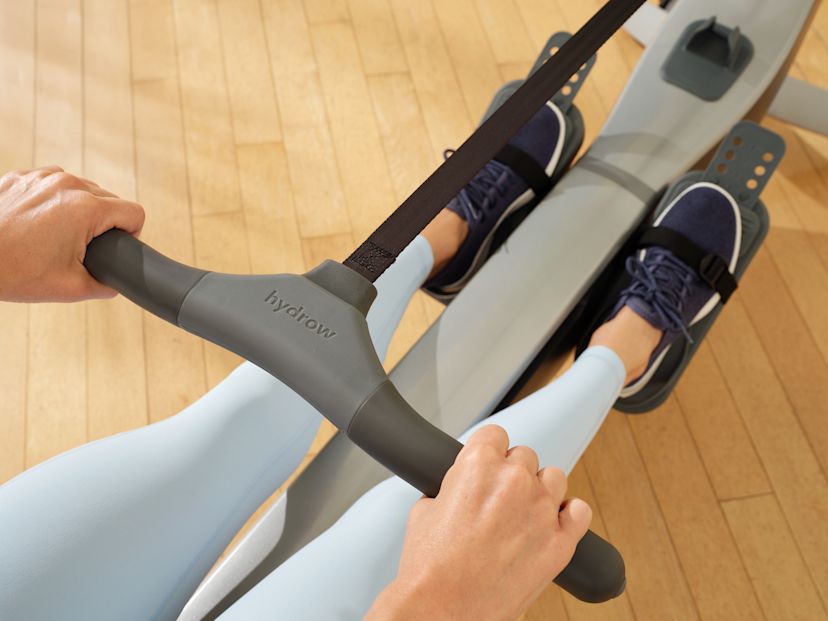Can Rowing Improve Your Running? Your Guide to Cross-Training

Running enthusiasts are increasingly using cross-training as a strategy to prevent training interruptions, improve fitness, and manage the overuse of muscles and joints. Rowing machines are known as a popular piece of fitness equipment for cross-training across a variety of sports, including cycling, hiking, swimming, and skiing.
Whether you’re a recreational runner or training for a race such as a 5K or a marathon, you may be wondering whether adding rowing workouts into your fitness routine can help enhance your performance.
In this blog, we’ll explore whether rowing is a good cross-training exercise for running, as well as share tips for effectively incorporating both into your exercise routine.

Holiday savings are here
Bring home our award-winning rowers at the best prices of the year.
Why cross-training with rowing and running can improve your performance
To run well, you need strength to handle the load on your body, endurance to run farther, flexibility to run with an efficient stride pattern, and balanced strength, so both legs are working equally and contributing the same force as you move.
Cross-training with rowing can help improve your strength without placing stress on your joints, enhance your cardiovascular endurance, and improve your mobility, along with other benefits. Below, we’ll explore exactly what runners can expect to get out of rowing workouts, including:
1. Rowing is low-impact and joint-friendly
As you likely know from your workouts spent pounding the pavement, running is a high-impact workout that can place significant stress on your joints, including your knees, hips, ankles, and lower back. This can put you at risk for overuse injuries such as shin splints or runner’s knee.
As a low-impact exercise, rowing is a great way to maintain your strength and cardiovascular endurance without putting undue stress on your joints. By replacing a couple running workouts a week with active recovery rowing workouts, you can give your body the time it needs to recover from frequent or intense running.
Robert Page, a Hydrow member, recently shared that he was finally able to get into running after several failed attempts after building up his fitness level using his Hydrow rowing machine.
“Rowing being a low-impact workout makes it easier to participate in both sports at once,” he said. “I was actually doing really well with running in the summer of last year and wound up injuring myself pretty badly as I aimed for a sub-20-minute 5K. And so while I was recovering, I was still able to use my Hydrow because it wasn’t activating the same muscles I injured.”
2. Rowing builds cardiovascular endurance
Cardiovascular endurance is essential for running because it ensures your body can efficiently sustain physical activity over time. With better cardiovascular fitness, your muscles use energy more efficiently, allowing you to maintain a steady pace over longer distances without getting tired.
As a full-body workout, rowing is particularly effective at training your cardiovascular system to deliver oxygen more efficiently, helping runners further improve their aerobic capacity (VO2 max) and perform better on long runs.
3. Rowing strengthens your core
Because rowing is a total-body workout, each stroke works your arms, legs, and core. Strengthening your core muscles—including your abs, obliques, and lumbar muscles—throughout the rowing stroke helps you maintain upright posture and alignment, especially when fatigue sets in during long runs. Having better running form helps keep your stride steady and balanced, reducing the risk of wobbling or missteps on uneven terrain.
Improved core strength can also help you more efficiently transfer power from your upper body to your legs, making each step you take more powerful and efficient.
4. Rowing improves leg power and endurance
As a primarily lower-body sport, running in particular requires strong leg muscles for optimal performance, endurance, and injury prevention. Through the leg drive portion of the rowing stroke, you can strengthen your quads, hamstrings, glutes, calves, helping you generate speed, navigate hills and sprints, and use less energy per stride, conserving your energy over time.

Cardio and strength, combined
Burn calories and build muscle with steady, natural movements.
5. Rowing increases lung capacity and breathing control
Breathing properly during your runs is essential for energy conservation and enhancing your aerobic performance. Again, by engaging multiple muscle groups and challenging your cardiovascular and respiratory systems at once, rowing can increase your lung capacity over time, training your lungs to handle more air with each breath and improving your breathing efficiency and control.
8. Rowing balances your muscle engagement
Cross-training with rowing introduces a workout that engages your upper-body muscles far more than running. While running involves some arm movement, rowing effectively functions as an “arms day,” targeting areas like the back, shoulders, and arms that often receive minimal attention during runs.
Related blog: Rowing vs. Running; Which Workout Is Better for You?
How to cross-train with rowing and running
To maximize the benefits of rowing as you prepare for races, we recommend mixing up your rowing routine with a variety of interval and endurance workouts.
Steady-state cardio: Steady-state rowing workouts help improve cardiovascular endurance, allowing you to stay energized longer without getting fatigued.
Interval training: High-intensity interval training (HIIT) rowing workouts entail short sprints followed by rest, helping you boost your power and endurance and sustain higher-intensity efforts for longer periods of time without getting tired.
Another great thing about rowing is that you don’t need to log an hour on your machine to experience the benefits. Even just 20 minutes a day can help you on your way toward improving your fitness!
Rowing two to three times a week between runs can provide a healthy blend of recovery, conditioning, and mental refreshment.
“Initially, there was some level of guilt because running was taking time away from my Hydrow,” said Robert Page. “But now I’ve been able to incorporate both into my routine by rowing for 10 minutes in the mornings, then alternating between longer rowing and running workouts in the evenings and on weekends.”
Start cross-training with a Hydrow rowing machine
Cross-training with an indoor rowing workout program is the perfect choice for runners, whether you’re a casual jogger or a competitive racer. If you’re considering adding a rowing machine to your home, Hydrow brings more than just equipment—it brings total-body results and intelligent training.
Each stroke works 86% of your muscles, delivering an efficient, immersive workout—and with real-time feedback and personalized scores, Hydrow helps you help you row smarter, build strength, and stay motivated. Just 20 minutes a day is all it takes to move with purpose, boost energy, and see results that last.
Hydrow’s workouts are led by world-class and Olympic Athletes and filmed on real water in beautiful locations around the world. Whether you’re rowing or cross-training with yoga, Pilates, strength, mobility, or circuit workouts, you’ll find movement that motivates—and keeps you coming back.
And, if you’re curious about how rowing can complement your running routine, you can also check out our Rowing for Runners series on Hydrow. We've adapted classic running workouts for the rowing machine, guiding you through low-impact, full body sessions that are perfect for cross-training and becoming a stronger, more well-rounded runner.
Ready to train smarter? Explore what Hydrow can do for you.

Real strength keeps moving
Learn how working out with Hydrow can help support a fuller, more active life.






